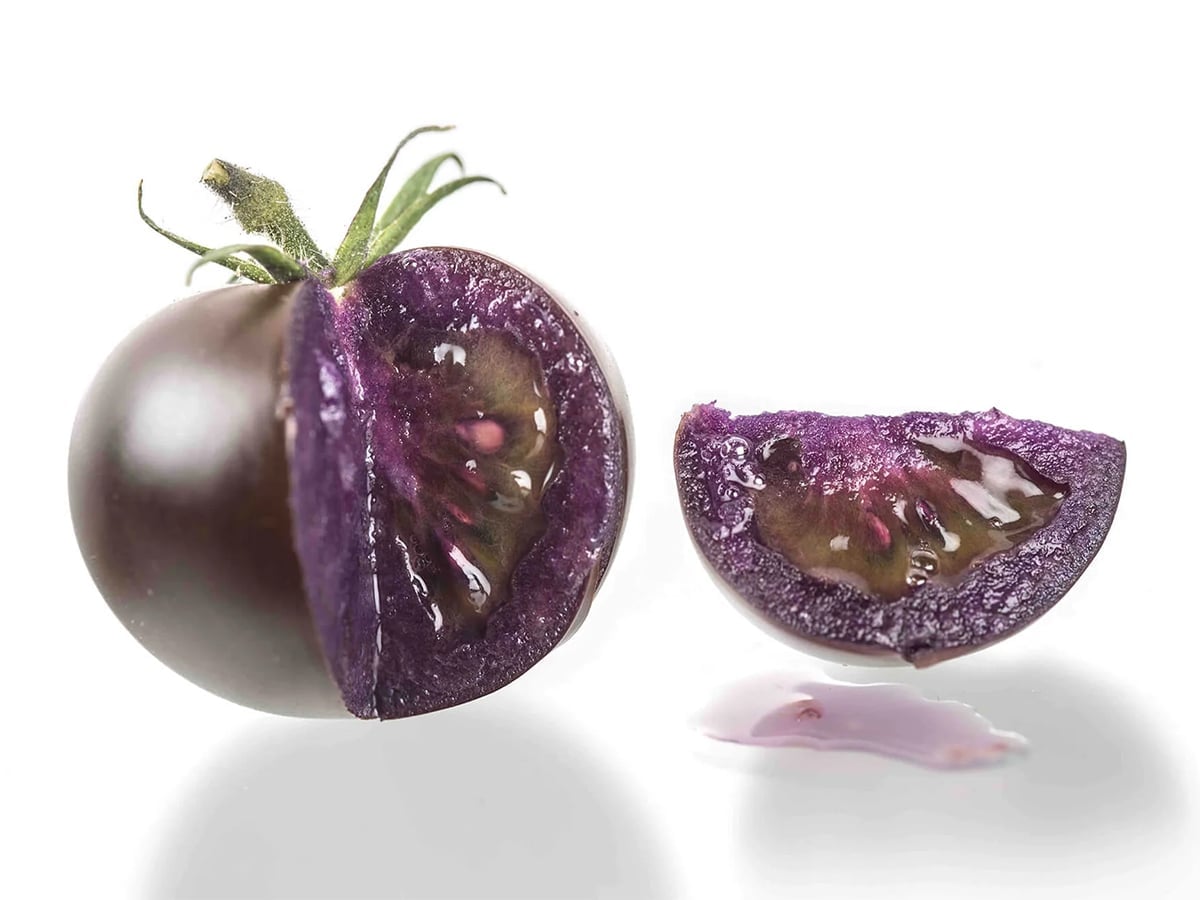The U.S. federal Environmental Protection Agency approved the use of Canadian crops such as canola and corn in U.S. biofuels Thursday, in a move that lifted Canadian canola prices and may help the U.S. meet its ambitious targets for biofuels.
The EPA’s designation of Canadian crops as a renewable biomass will allow U.S. biofuel makers to collect tax credits for using them, Canola Council of Canada president JoAnne Buth said.
“I suspect we will see more canola moving into the U.S. now,” Buth said in an interview.
Read Also

Selling GMO tomato seeds to Canadian gardeners ‘reckless’ say advocates
Selling genetically-modified purple tomato seeds to home gardeners could raise the risk of contamination of organic vegetable varieties and hamper farmers’ ability to save their own seed, say a group of advocates.
Canola futures on the ICE Futures Canada platform closed up 1.9 per cent Thursday, exceeding gains in other related markets.
Canada becomes the first country outside the U.S. to receive approval under the EPA’s land use test on an aggregate basis, said Ben Evans, spokesman for the Missouri-based National Biodiesel Board.
That means Canada has provided assurances that overall it is not bringing more net farm land into production, so farmers don’t have to individually prove the same thing to qualify under the U.S. biodiesel mandate.
The U.S. Congress has set a goal of blending 36 billion gallons (136.3 billion litres) of renewable fuel into transportation fuel by 2022 and that target is large enough that there’s little risk of Canadian crops displacing U.S. feedstocks such as soybeans from the biodiesel mix, Evans said.
“I don’t think you’ll see a huge flood, but a gradual increase” of canola entering the U.S. biodiesel industry, Evans said in an interview. “It’s a positive development.”
In 2010, soybean oil made up half of the feedstock used in production of U.S. biodiesel, followed by animal fats, Evans said.
The U.S. Canola Association also supports the decision, said Dale Thorenson, the Washington, D.C.-based association’s assistant director.
Last year, the EPA placed canola oil on an equal footing with soyoil, ruling that it emits greenhouse gas levels low enough to qualify for the U.S. mandate to increase renewable fuel production.
That decision allowed biodiesel makers to get credits for using U.S. canola, but Canadian crops did not qualify.
Canada is the world’s top exporter of canola, a rapeseed variant that is used mostly for vegetable oil and livestock feed. The country is normally a net importer of corn.














